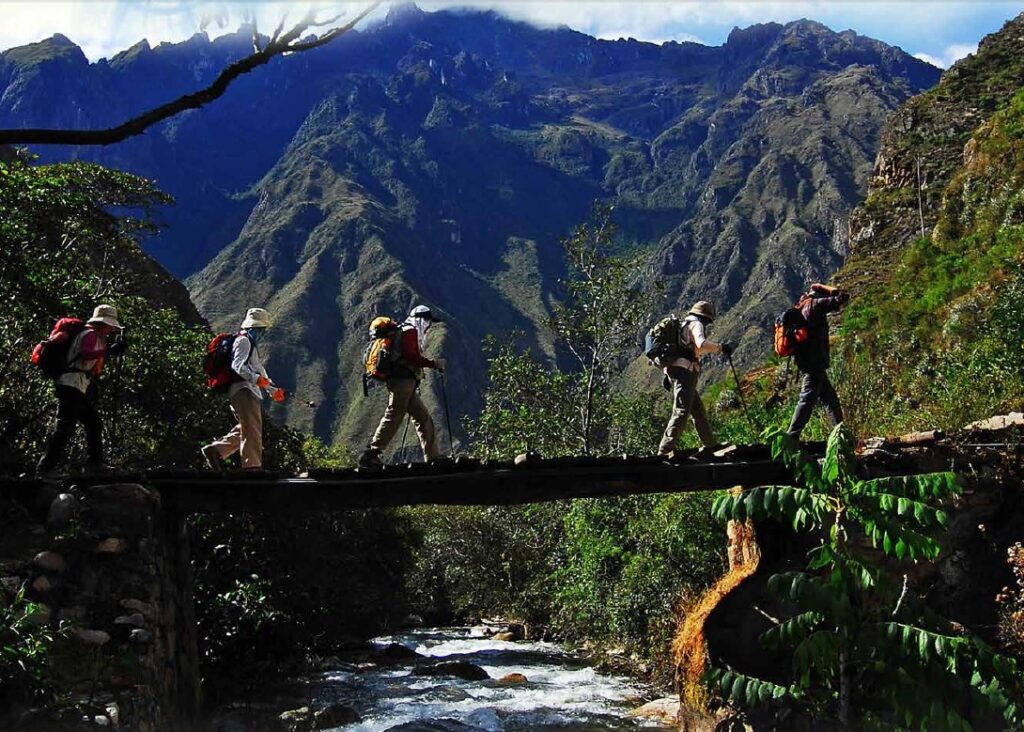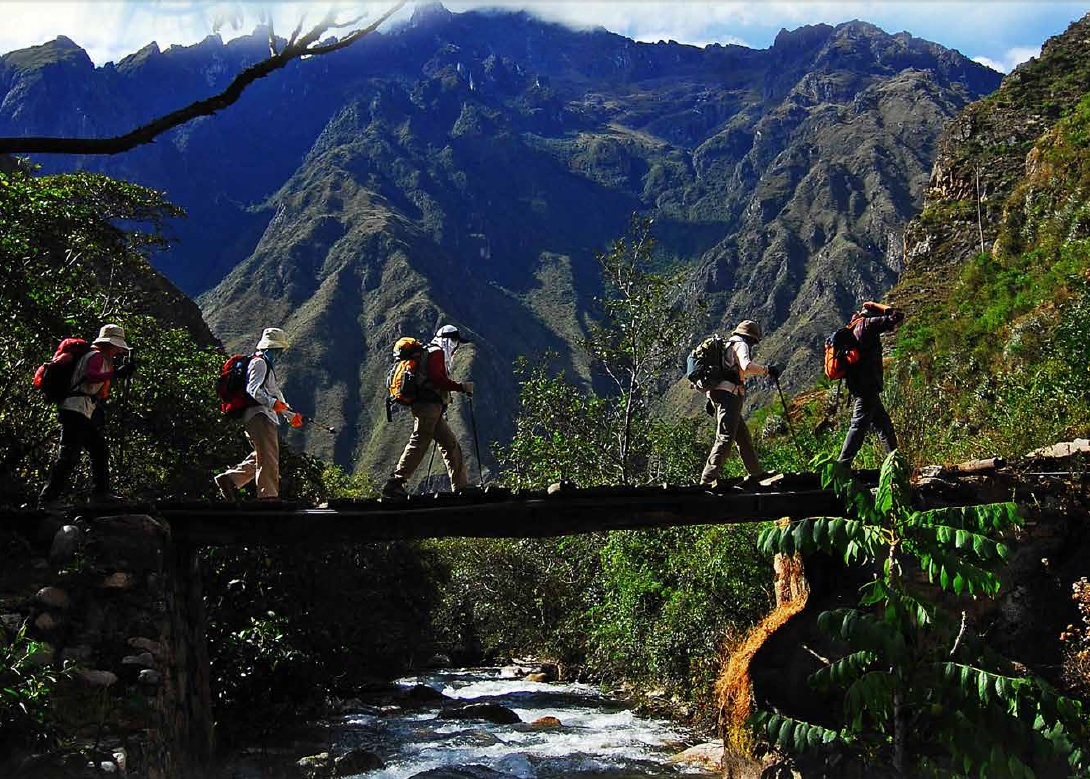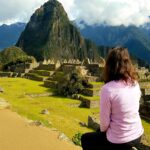
Peru is a country brimming with cultural richness, history, natural wonders, and incredible cuisine. From the breathtaking Incan ruins of Machu Picchu to the vibrant streets of Lima, not to mention the Amazon Rainforest, Peru offers a wide variety of experiences for any type of traveler. But when planning a trip to such a diverse and popular destination, it’s important to think strategically about how to invest your money. With the right planning, you can get the most out of your budget while experiencing the best of what Peru has to offer. Here’s how you can make the most of your vacation investment.
1. Plan Ahead for Better Deals
As with any trip, planning ahead is one of the best ways to ensure you get the most out of your money. Booking flights early often results in lower prices. Set price alerts on flight comparison websites like Skyscanner or Google Flights to track deals and purchase tickets when they’re cheapest. Similarly, booking your accommodations in advance can save you from paying higher rates during peak tourist seasons, especially if you visit during the high season (June to August). If you’re flexible with your dates, traveling during the shoulder season (April-May or September-November) can help you save money while avoiding crowds.
2. Travel Off-Peak for Lower Costs
While the high season is great for enjoying Peru’s most famous attractions like Machu Picchu, it also means inflated prices and crowded sites. Traveling during the low season (from December to March) can lead to significant savings. During this time, accommodations and tours are generally cheaper, and you’ll face fewer tourists, especially in places like Cusco and the Sacred Valley. Keep in mind that some areas may experience rainfall during this period, so pack accordingly, but the trade-off is often worth it.
3. Accommodation: Opt for Local and Authentic Stays
Peru offers a wide range of accommodation options, from budget hostels to luxury resorts. One way to save money while having a more enriching experience is to stay in locally-run accommodations. Guesthouses, boutique hotels, and eco-lodges can offer much more value for your money compared to international hotel chains. Plus, staying in these kinds of places often supports the local economy and provides you with a more authentic experience. You can find great deals on Airbnb, where many local hosts offer unique and affordable stays in both urban and rural areas.
4. Savor the Local Cuisine Without Breaking the Bank
Peru is a gastronomic paradise, home to some of the world’s best cuisine. While Lima has internationally renowned fine dining restaurants such as Central and Maido, you can indulge in Peru’s food culture at much more affordable prices by eating where the locals eat. Street food is often delicious and incredibly inexpensive—try dishes like ceviche, anticuchos (grilled skewers), and tamales at local markets or eateries. Additionally, the “menu del día” (daily menu) offered by many small restaurants provides a multi-course meal at a fraction of the cost of high-end dining.
5. Efficient and Cost-Effective Transportation
Peru’s transportation options are fairly affordable, but it’s important to plan ahead for efficiency. In major cities like Lima, Cusco, and Arequipa, public transport (such as buses and taxis) is inexpensive. For intercity travel, consider taking buses, which are widely available and budget-friendly. If you’re planning to visit remote areas, flights or trains may be necessary, but prices can vary. For instance, while taking the scenic train to Machu Picchu is a bucket-list experience, it can be pricey. To save money, consider booking in advance and exploring alternative routes. For instance, you can take a bus to Ollantaytambo and then catch the train, which might be more economical.
6. Smart Tour Investments: Get the Most Out of Your Experiences
Peru is famous for its wealth of archaeological sites, natural beauty, and cultural experiences. While it’s tempting to book every tour or excursion you come across, it’s essential to prioritize the experiences that truly interest you and offer the best value. For iconic locations like Machu Picchu, do your research to find reputable tour operators offering competitive rates. Some tours might also offer discounts for booking in advance or for groups, so if you’re traveling with friends or family, it’s worth inquiring about group deals.
While there are plenty of guided tours available, you can also explore some of Peru’s hidden gems independently, such as hiking in the Sacred Valley or visiting remote ruins. These types of activities can be much more affordable than structured tours. Be sure to take into account entrance fees, guide costs, and transportation when budgeting for activities.
7. Shop Smart for Souvenirs
Peru is known for its colorful textiles, intricate jewelry, and traditional crafts. While it’s tempting to purchase souvenirs in touristy areas, prices can be much higher than in local markets. Shop at artisan markets in cities like Cusco, Ollantaytambo, and Pisac, where you can find authentic, handmade products at lower prices. Bargaining is common in these markets, so don’t hesitate to negotiate for a better deal. Supporting local artisans is not only a way to invest in unique souvenirs, but it also contributes to the community.
8. Travel Insurance: A Crucial Investment
Although it might seem like an extra expense, travel insurance is an important investment when traveling abroad. Whether it’s for trip cancellation, medical emergencies, or lost luggage, having travel insurance gives you peace of mind in case anything goes wrong. Especially in a country like Peru, where you may be trekking to remote areas, participating in adventure sports, or exploring challenging landscapes, travel insurance can prove to be a wise investment.


